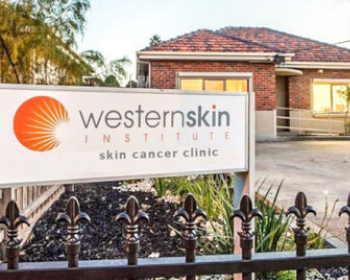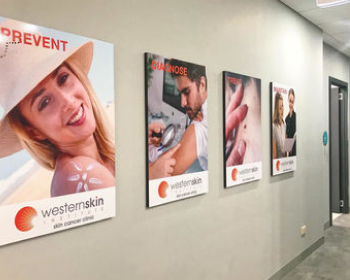This blog is a summary from an excellent manuscript published in Journal of American Medical Association Dermatology September.
2019: https://jamanetwork.com/journals/jamadermatology/fullarticle/2751513
How big is the problem?
As a Dermatologist, I am frequently approached by patients to prescribe “natural products” or “free from preservatives”. Let’s examine this concept in a bit more detail. From 2017 to 2018, the natural skin care market grew by 23% to $1.6 billion dollars, and now represents more than a quarter of the total skin care market. Staunch warnings from influencers such as Gwyneth Paltrow, whose blog Goop warns readers “Do you want antifreeze (propylene glycol) in your moisturizer? We’re going to guess no” have ignited fear in consumers.
What is “clean and natural”?
Well, there is no set definition for clean and natural; it is open to interpretation by anyone. This means that products stating they are clean and/or natural are not necessarily safe.
What are the common myths?
Skin irritation – Myth: Goop states that “the worst offenders are preservatives that release formaldehyde, a known human carcinogen and potent skin irritant and allergen”. Fact: Formaldehyde releasers such as quaternium-15, diazolidinyl urea, imidazolidinyl urea, 1,3-dimethylol-5,5-dimethylhydantoin, and 2-bromo-2-nitropropane-1,3-diol (bronopol) have a low rate of skin irritation ranging from < 1% in Europe to between 0.5% – 2% in the United States.
Preservatives – Myth: Preservatives are harmful the skin. Fact: Safe preservatives such as parabens and formaldehyde releasers are necessary to prevent severe infections and complications such as the Pseudomonas-induced corneal ulcers reported in the 1970s from inadequately preserved mascara.
Cancer causing and hormone disruption – Myth: Sulfates, parabens, formaldehyde releasers, chemical sunscreens, fragrance, butylated hydroxytoluene, phthalates, and propylene glycol cause cancer or hormone disruption. Fact: None of the above have been proven scientifically.
Petrolatum/ Petroleum jelly is harmful – Myth: Petrolatum is the same as petrol. Fact: Petrolatum has been consistently recommended by Dermatologists to patients with skin barrier disruption owing to its non-allergenicity, superior qualities as a humectant, and economical cost that makes it accessible to patients of all backgrounds. Petrolatum is not petrol but rather, a by-product of petroleum refining which is harmless.
What are the consequences of misinformation?
The natural skin care movement has led to the use of more allergenic preservatives such a methylisothiazolinone. This avoidance of low-allergen, safe preservatives and increased use of botanicals has led to a new epidemic of contact dermatitis, which is responsible for high medical bills, time away from work and family, and a diminished quality of life.
Whilst the above results in non-life-threatening diseases, a more serious concern is the warning against exposure to chemical sunscreens. Sunscreens are critical in our defence against skin cancers; some of which can be deadly.
What is a good, reliable source of information?
The Cosmetic Ingredient Review (CIR) is an alternative resource, which consists of experts in a number of disciplines including dermatology and toxicology. Claims made by the CIR are backed by scientific evidence that is visible to readers. https://www.cir-safety.org/ingredients




